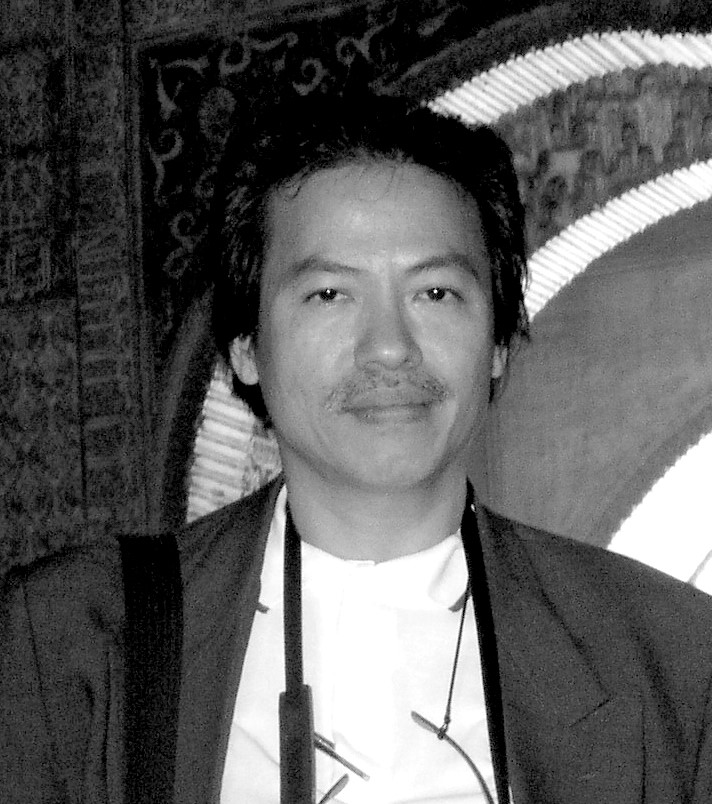A recent conference organised by the Good Governance and Gender Equality Society (3GS), a Penang-based NGO, examined the mainstreaming of gender issues. Despite great strides made in granting women equal opportunities, legal efforts to close the gender gap have hardly made a dent in our persistently patriarchal society.
Sticky Floor, Glass Ceiling
Achieving gender parity in Malaysia seems to be a far-off goal for a conservative Asian society which has traditionally espoused a “men over women” mindset. Societal expectations of women have remained stubbornly stereotypical despite increasing latitude granted to women in all fields.



